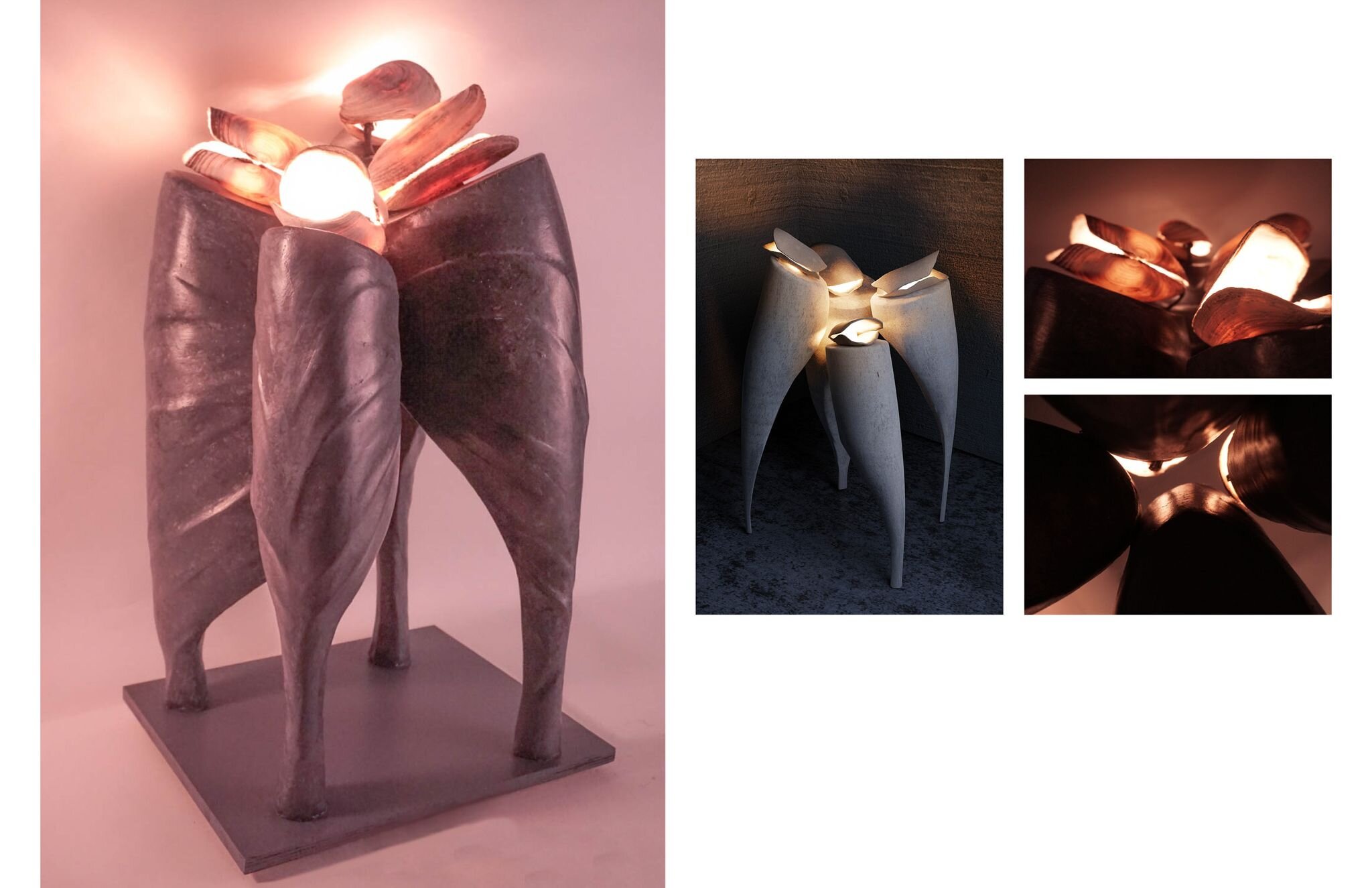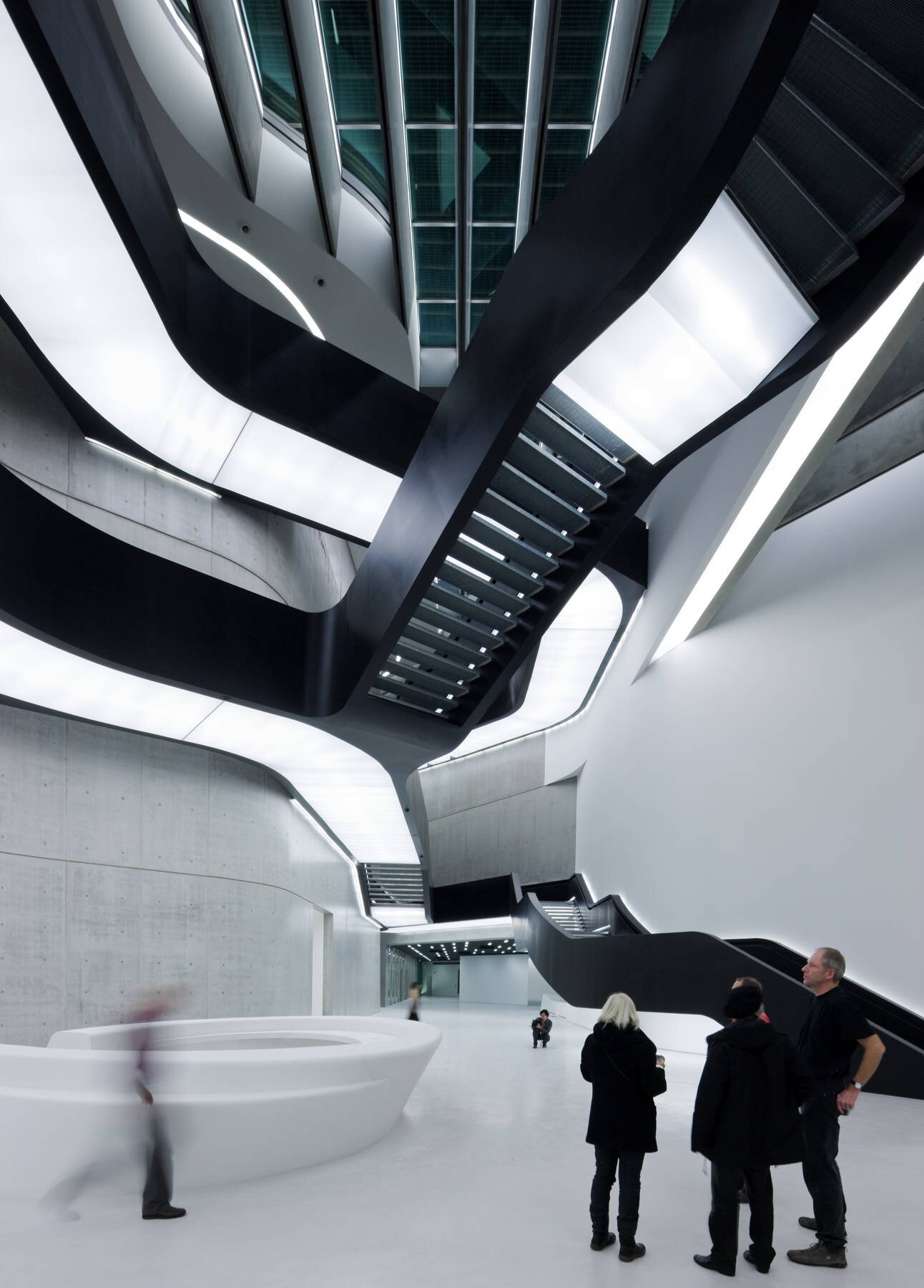Leo Li, the Architectural Storyteller
Wow. I mean, just look at this man. Too smooth and suave.
Leo: Can you hear the construction in my background?
Mikael: No, not at all. It’s fine.
Leo: Okay. If you do, then I’ll just close my window, cause the room is getting a bit—
Mikael: I mean, the construction noise will be part of your life very soon since you’re doing architecture.
Leo: A good background ambience, I think.
Anyone applying to Cornell University’s College of Architecture, Art, and Planning (AAP) is required to submit a portfolio. To refer to the College’s description of their portfolio requirement:
“The portfolio should contain several examples of freehand drawings including sketches as well as fully developed work. In addition to drawing, a range of artistic media needs to be demonstrated, but each applicant should emphasize the work where their skills and passion are expressed most strongly. Painting, printmaking, sculpture, photography, video, woodworking, and other crafts can convey artistic experience and aptitude.”
The portfolio, however, is not as straightforward as just sending them imitations of your favourite buildings or art-class shenanigans. If that’s your style, then you might as well wreck those Cornell plans and go on the merry way to [INSERT STATE/PROVINCIAL UNIVERSITY]. Wreck those plans too if you’re not interested in presenting architecture beyond its practical intentions. Every piece you put in your portfolio is at least a short story or a poem waiting to be read; the portfolio must also be arranged carefully to form a larger narrative. The structures, colours, and textures are the details that support the plot, while the portfolio’s statement is its climax.
At the end of creating your portfolio, you become a storyteller with a collection of works that culminate into one theme that defines who you are as a person and as a student of architecture.
I’m happy to report that he was able to successfully play the role of a storyteller who described his understanding of architecture, impressing the older ones at Cornell enough to get him into the school.
After a few seconds of searching through the sea of files and tabs on his computer, he was able to find his architecture portfolio.
“Conversation” | Pen-on-Paper | 12” x 18”
For a solid fifteen minutes, Leo reprised his storyteller role for the Monday afternoon interview with me. He began with the title page, which includes a pen-on-paper illustration of a “traditional…cramped” Beijing alleyway. The title page only shows the right side of the alleyway, but the complete version was placed as the last slide. The piece is named “Conversation”, and it demonstrates the growing clash between the rise of rapid modern development in East Asia and the charming, historic cultural image China has been known for worldwide.
“What’s depressing right now is that [these alleyways are] being destroyed — except the ones with tourist purposes — for high rises,” Leo told me. “Although they’re cramped and some of the living conditions are not ideal, there’s something really beautiful to this kind of traditional vernacular, which is juxtaposed between the towering structures that threaten these traditional structures.”
In the middle of the ‘conversation’ is a red Peking Opera singer standing in the middle of the alleyway, looking back at the observer and asking you to ponder about how this ‘conversation’ should continue.
This is not the only instance where his Chinese heritage is honoured; the three pieces before “Conversations” centre around this cultural muse. The abstracted and intuitive “Emotions for Peking Opera” represents Leo’s excitement when he listens to one of the 1,400 music works of the pre-revolutionary genre. The succeeding piece, called “Faces of Peking Opera”, begged this question to any patron looking at it:
“Should you wear different identities or are you trying to merge those identities into something that conforms broadly?”


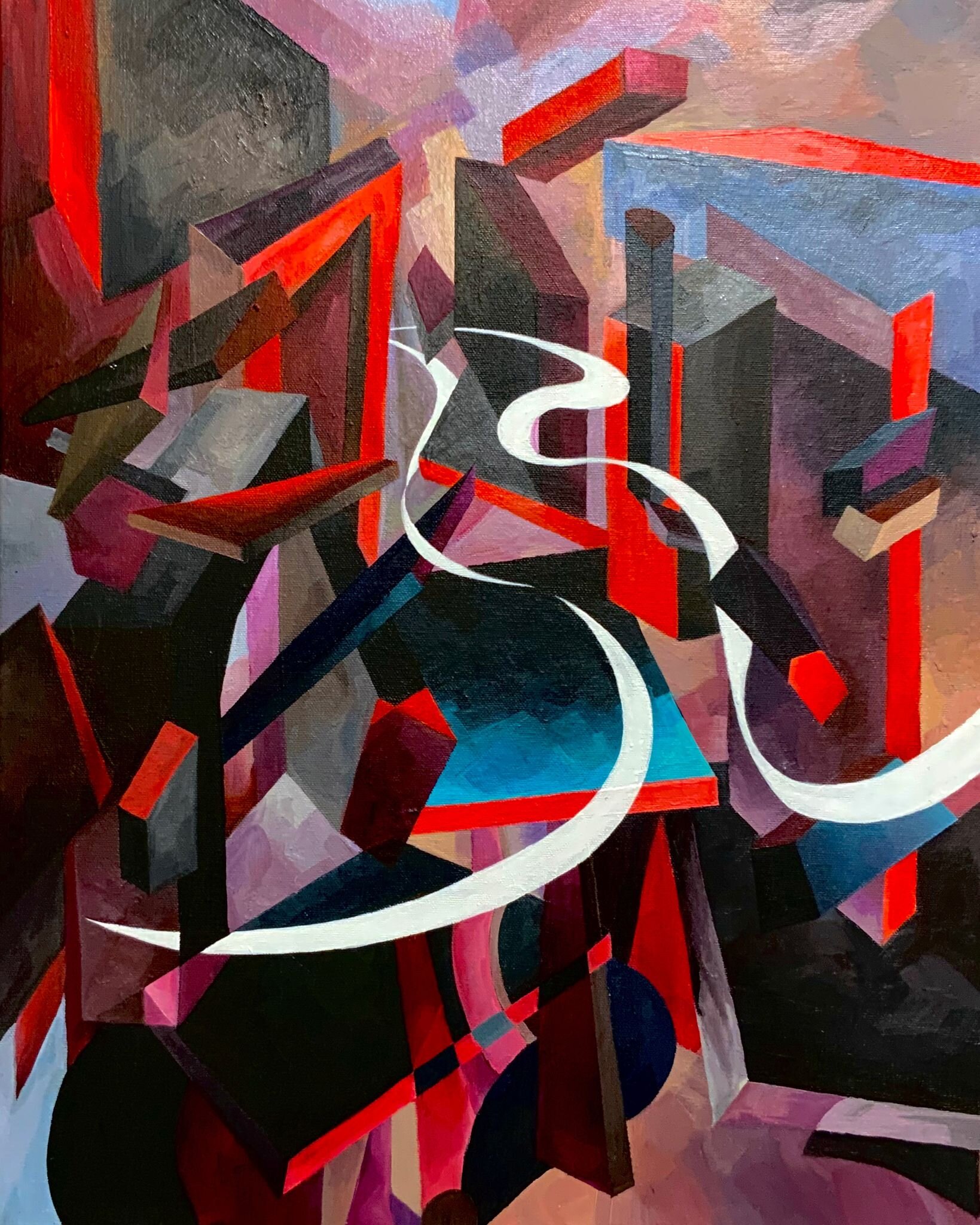
“[The painting is] expressing another idea of how Peking Opera artists transform their faces to play their roles," Leo explained. “But I think many people do that on a daily basis in order to fit into society.”
If one looks at the painting on a holistic scale, the different faces form a single, large one, subtly showing its eyes and ears.
“Hutong Impression”, a prelude to the ‘conversation’, portrays Leo’s understanding of conceptual architecture. It is an understanding of how “memories are directly linked to the structures that we inhabit.” Although Leo tried his best to explain the piece’s meaning during the call, nothing can beat the caption accompanying it, which is also provided in this article when viewing the painting.
This trilogy of Leo’s appreciation for his Chinese heritage is one of the many stories he shared with me and his admissions officers. All of the portfolio’s pages are fragments that, when amalgamated, result in an autobiography worth reading by the masses, despite its sophisticated, high-brow presentation.
For those who may not have known Leo Li all that well, like me, his creative vision may be a surprise. Before getting the Cornell news, I presumed that he was somewhat of a STEM kid who dipped his toes in various extracurricular waters. From his role as the head of Public Relations for his high school’s official student publication (aka ‘the SLSS Press’) to his rather exhausting job as a moderator in several Model United Nations committees — he’s one busy man.
To be frank, Leo seemed to me like the jack of all trades but a master of none. That’s not to say that being one is bad. For anyone with several passions, the idea of softly dabbling in them could work for you.
I personally think that approach is a bunch of bullcrap. The days of da Vinci and Galileo are long gone, and the need for a “Renaissance man” has diminished in the same way that bowl cuts have gone out of style.
So when I heard that he got into Cornell’s Architecture department, I was rather intrigued. I have never met or known someone with an interest or background in architecture. The best piece of architecture I have visited in recent times is the nearly-collapsing, asbestos-covered safety hazard that is the Burnaby North Secondary School buildings. Since I had this lack of knowledge about the field, I knew I had to have a conversation with him about it. We did, and it lasted for 45 minutes out of the allocated one hour.
“I have been an artist all my life,” Leo said, but then recalled his contemplation around Grade 9 and 10 about his prospects in art. “‘What do I want to do for post-secondary?’ We all think about that stuff.” He loved to draw since he was a child, so that was his starting point when thinking of possibly doing a design-related career. The paths forwards, however, weren’t all that incredible to him. “To be honest, going into fine arts is a bit difficult for, I guess, making a living.” He possessed this starting point, and he had to figure out which path he would take.
Leo continued, “So I went to this art studio and was introduced to different design careers there.” The studio teacher, he said, brought in students majoring in a variety of design mediums; fashion design, animation, and industrial design are a few Leo mentioned. “[The teacher] talked to me about some of those, and I was given some projects and exercises where I got to explore what some of those [fields] were like.”
There was also, of course, architecture in the mix. “I think I was immediately drawn in by architecture’s use as a practical art. Many people say that you’re really combining the creative side with that practical side, and architecture is really something you can use as a social service and actually help people, and I wish I can use my creativity to accomplish that.” It’s not just making a building or a house; architecture compels its “big-thinking” students on how to develop society on a multi-faceted approach. “It’s an interdisciplinary career that borders on science and design and arts, but also psychology, philosophy and engineering. There’s a niche for everyone who wants to do architecture to fit in. By doing architecture, I don’t lose the ability to pursue other interests as they also relate to the future field I’m going into.”
It’s Leo and “Roosevelt the Ruler”! I don’t know if he calls it that, but I feel like it fits. I don’t know.
One goal I wanted to accomplish with my interview with Leo was to either verify or debunk the idea that you need to be a good drawer or be outrageously excellent at mathematics to be an architect. But before we are able to get to that question, the looming threat of technical difficulty suddenly appeared on our Zoom call. Although Leo’s audio was perfectly fine, the video lags behind, which eventually gets fixed after a minute. He was quite apologetic…perhaps too apologetic. The apologies would come back again whenever he feels his answers were too long and “not concise”. I suppose that only brought his Canadian side to the call. (This side includes lots of apologies and over-kindness.)
But anyway, back to accomplishing my goal.
Turns out, you don’t necessarily need to be a good drawer to be an architect….kind of. The answer is a mixed bag. “Compared to other design careers…let’s say animation — you really have to be a ‘drawing god’. I don’t have a better term to put it.”
“For architecture, you still have to be good at drawing; however, drawing is a way for you to understand the world that is also a way for you to record your ideas down. So, the better of a drawer you are, the better an observer you are and the better of an architect you could become. But saying that, you don’t have to be able to draw human portraits and wall paintings and all that.”
He then rose from his seat and walked off-screen to his collection of architecture books. He came back with two beige books, with one of them about Zaha Hadid’s work.
He started with the book on British-Iraqi architectural mastermind Zaha Hadid, who he introduced as “the most famous female architect in the world”. He then corrected himself by saying that Hadid is “one of the most famous architects in the world” since he didn’t like the use of the word “female”.
The study and practice of architecture itself are supposed to be based on merit and talent, but it is by no means free from gender inequality. Leo explained that “the profession is dominated by men”, making it more difficult for female architects to shine given the hurdles they have to face.
Zaha succeeded in the UK, battling discrimination against her gender and nationality, on top of her revolutionary theories and proposals that were often deemed as “lunacy. She is someone who actually made radical architecture and made it to the top.” A picture of a laughing Zaha is taped on the wall above his bedroom cabinet, which inspires him to make his late working hours actually productive.
He turned to a page with what is supposed to be a “distorted perspective” of Central London’s Trafalgar Square. At first sight, I couldn’t figure out what I was seeing. There were bright-yellow shapes on it that look like cornfields, which were actually shades of the sunlight. “Zaha Hadid was unsatisfied with how linear perspective and two-point perspective could explain different landscapes.” Through her painting style in this piece, she abandoned traditional means of perspective and distorted “certain aspects of the landscape to highlight qualities of architecture that should be noticed [and the interconnectedness of the landscape itself].”
The pictures below display the works of Zaha Hadid.
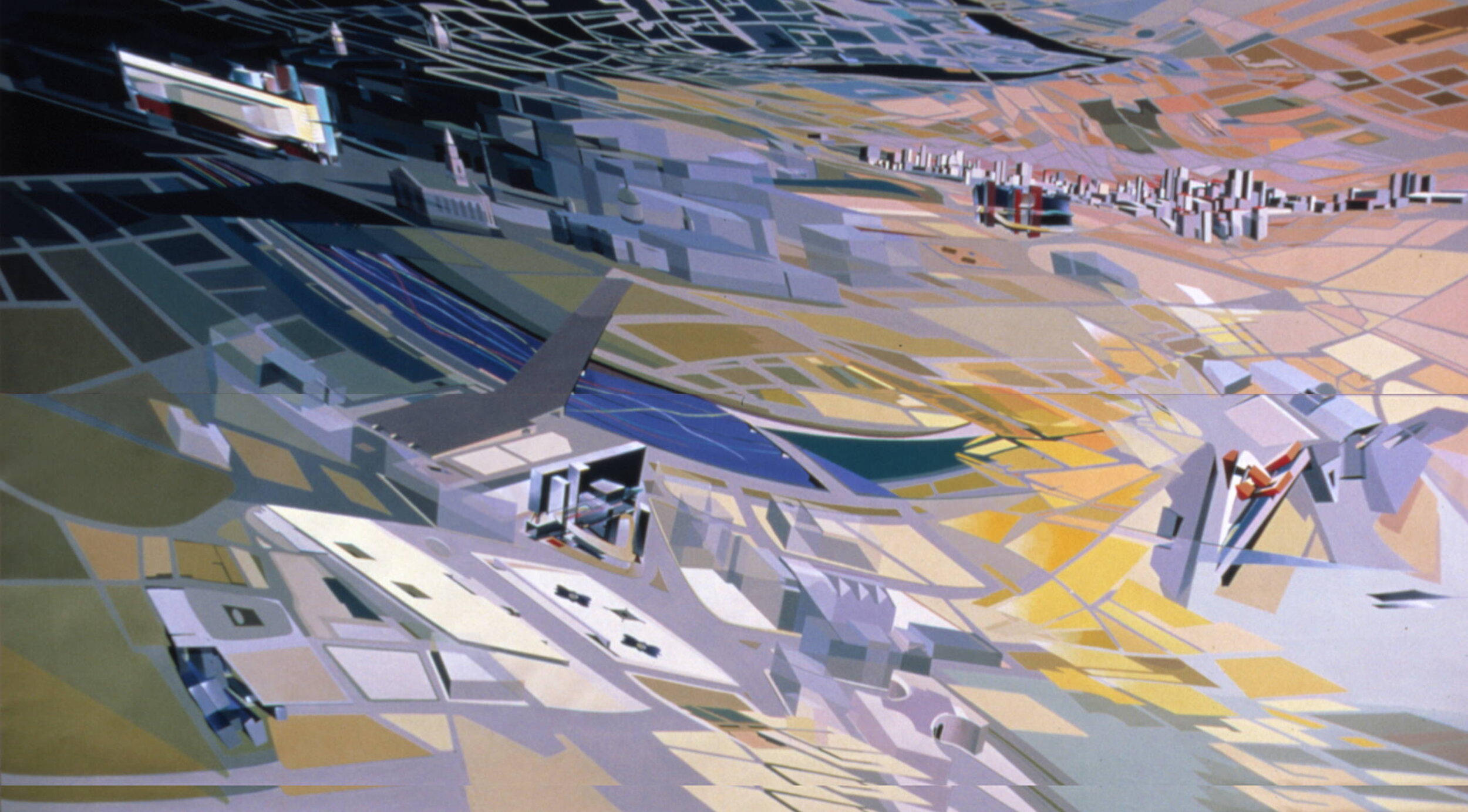
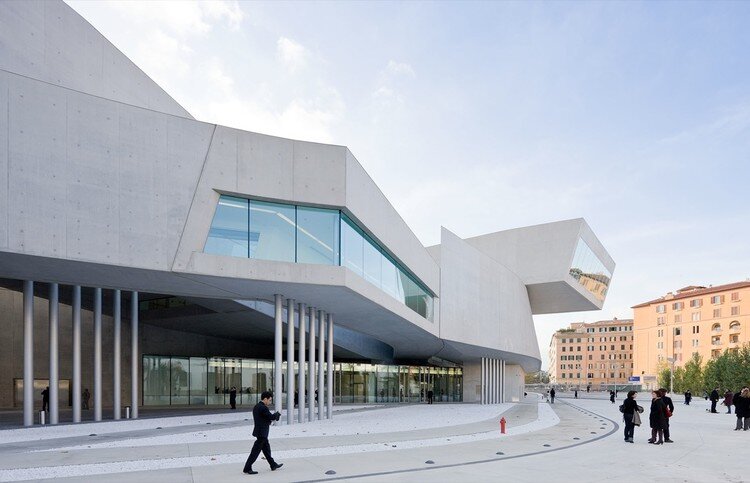
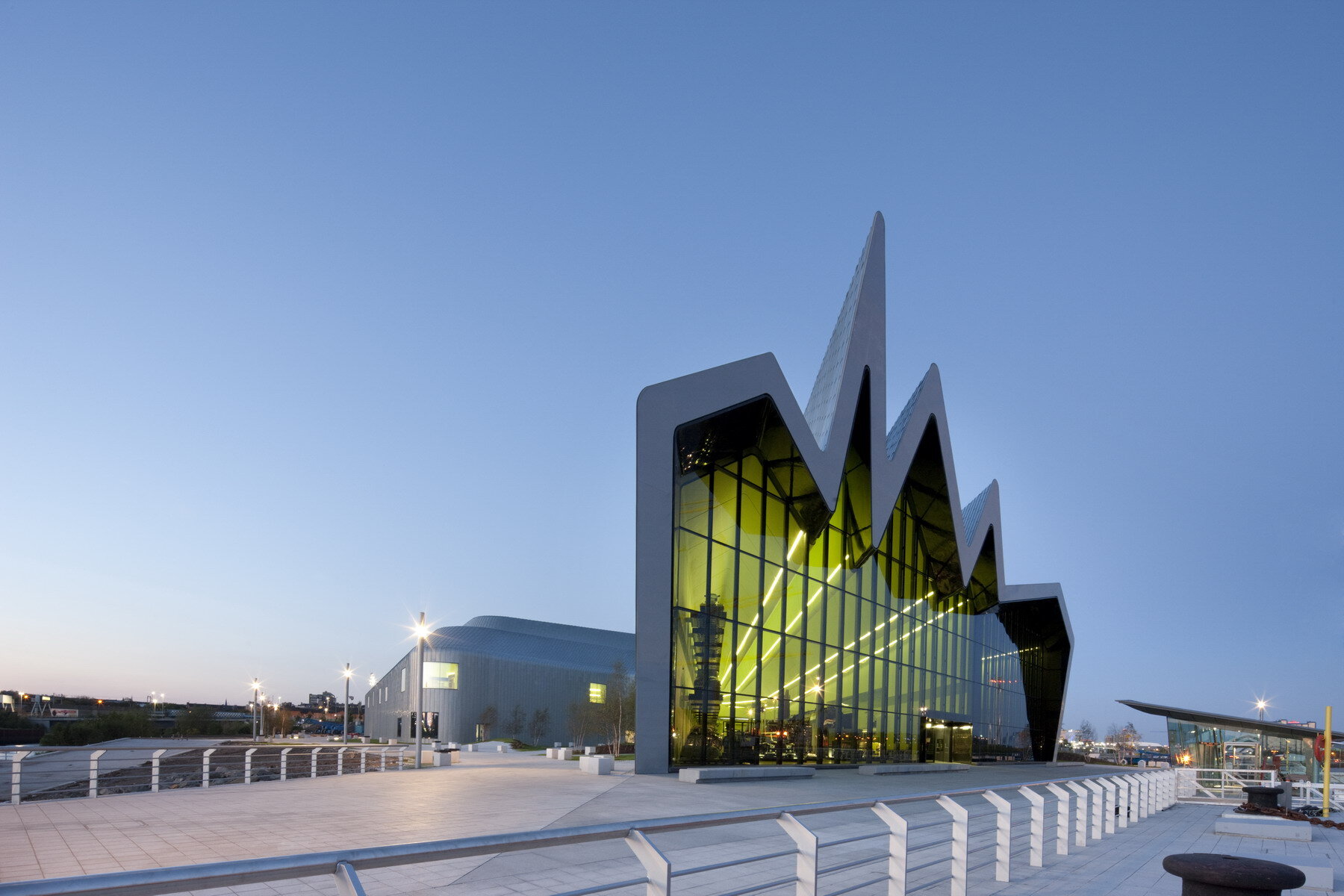
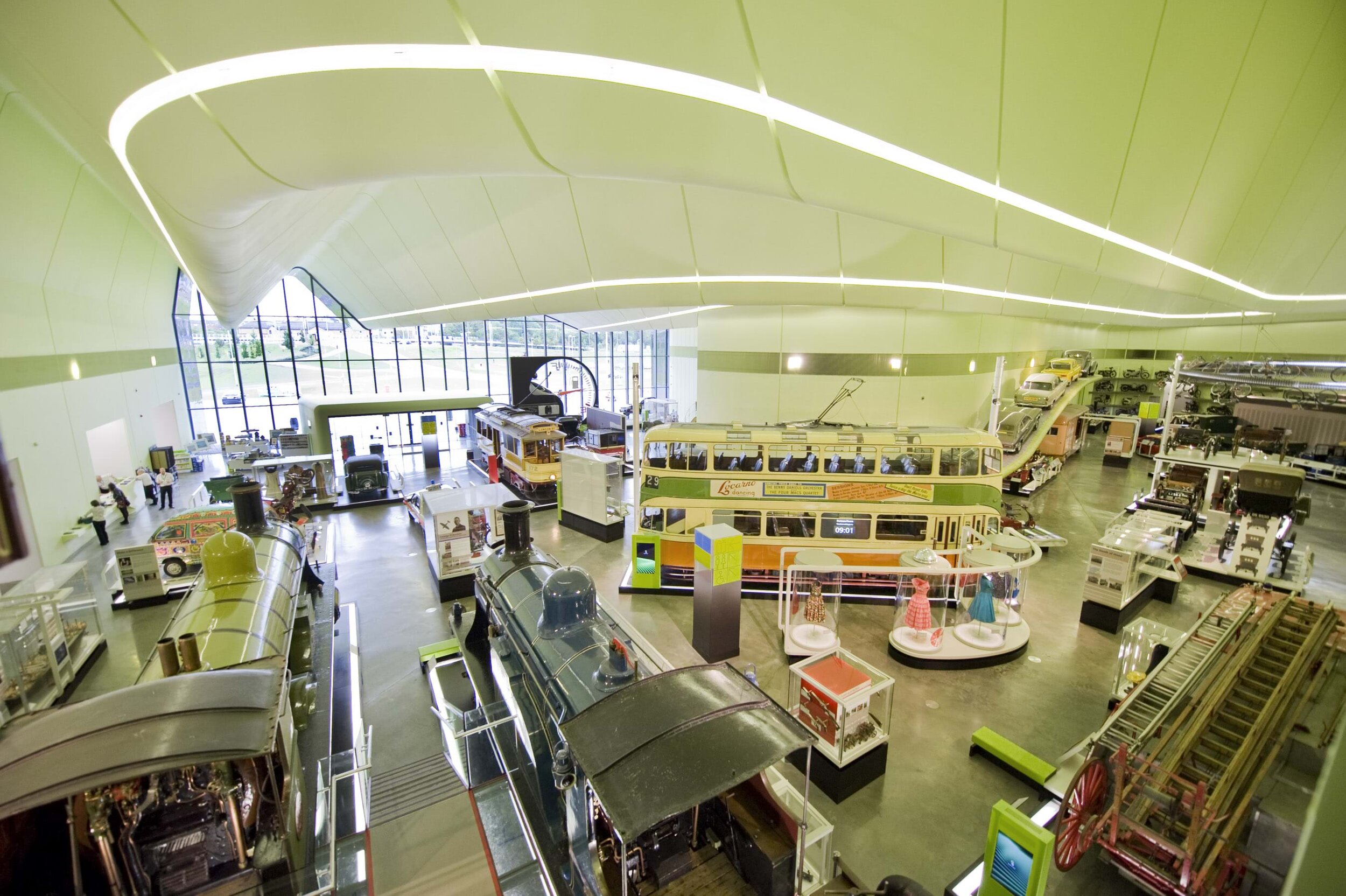
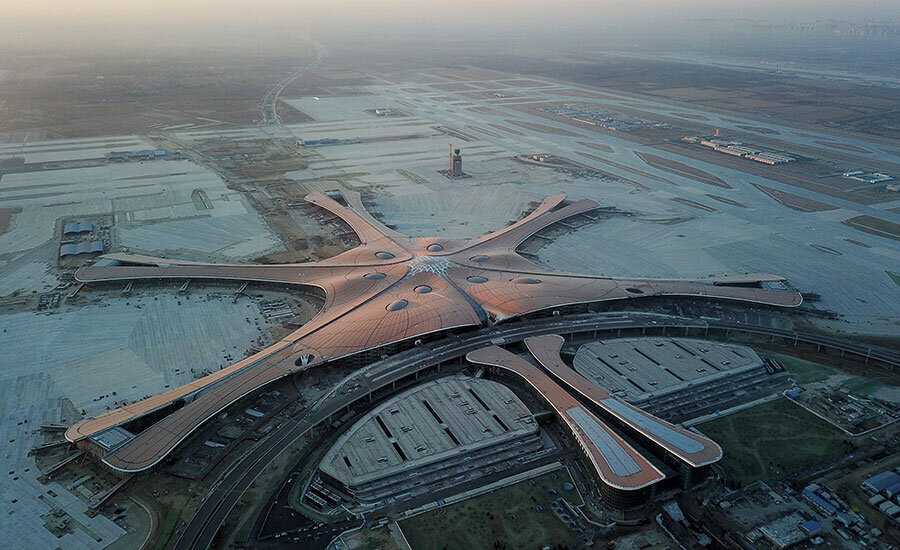
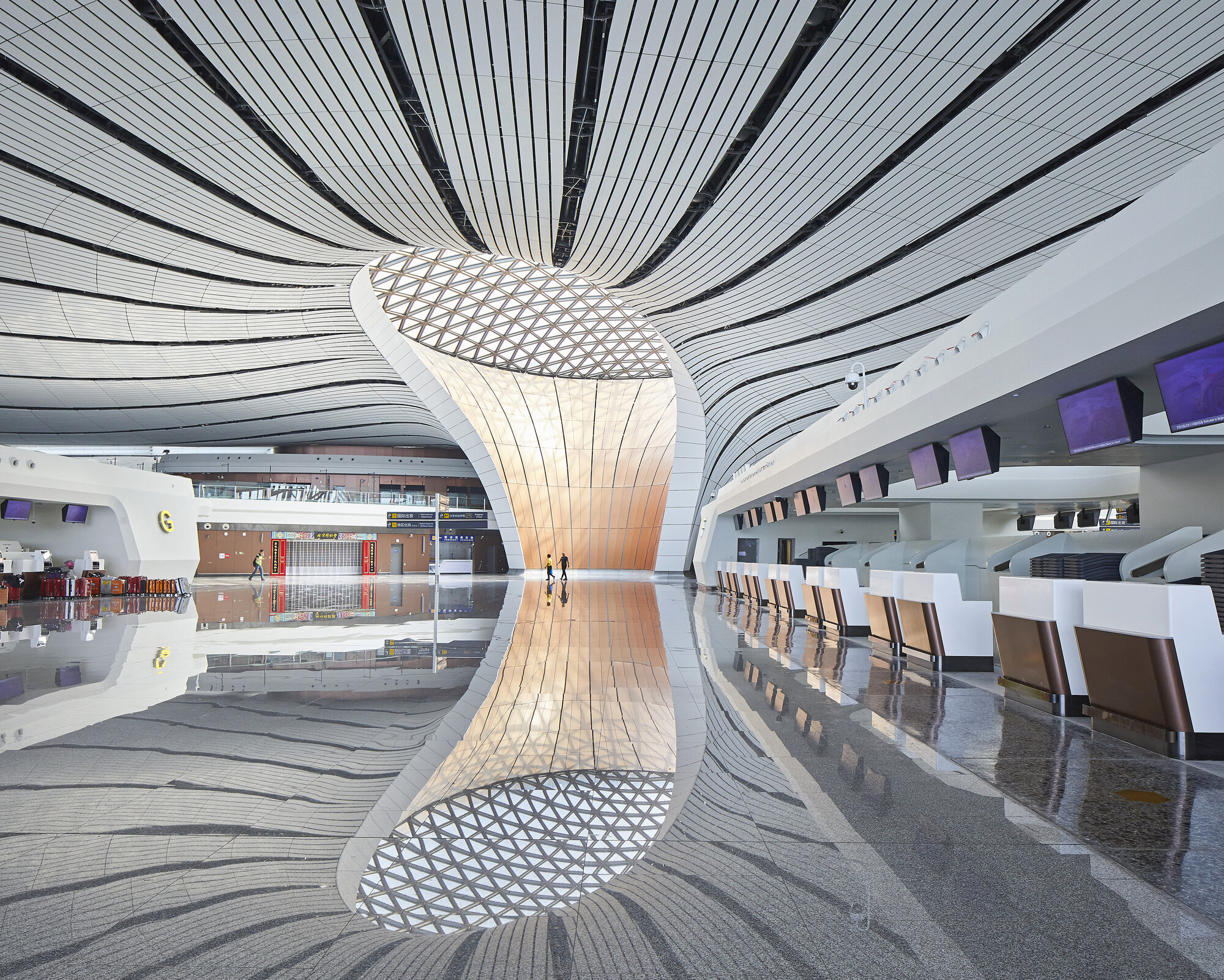
Leo told me that he has a list of 20 to 40 architects he admires or might want to work for in the future. I have no doubt in my mind that someday, he will be able to work under one of them; but I wanted to know what that path would look like for Leo.
Of course, it’ll start at Cornell (a pretty great start, if you ask me), but a great school doesn’t always produce positive success, fame or wealth. Lyle, one of the murderous Menendez brothers, went to Princeton, while Ted Cruz (aka ‘the Zodiac Killer’) went to Harvard.
Nevertheless, I digress from murderers. Let’s go back to Leo’s hopes and plans for the future.
To try to understand what those aspirations are, I asked him what he wants to have accomplished 10 years from the day of the interview (he would be 27 by that time). “I wish to escape and get out of architecture school alive.” For his Bachelor of Architecture degree, it would take him five years to complete, which includes a semester abroad in Rome. He will also probably study for two more years to get his master’s, leaving him to stay in university for a total of seven years, which is longer than the combined lifespan of a guinea pig and a chameleon.
He rationalized the lengthy journey towards an architect’s success by describing the benefits that come with it. “It’s not like your youth will be burned out and then you’re replaced. So maybe I’ll be building [really great] things when I’m like 60 or 70. That’s a lot of when architects are in their prime, which is kind of a long wait, but it’s a constant learning process and I hope I can get there.”
As his answer went on, it became less of rationalization and more of a brief yet poignant explanation of his own excitement. “I’m really excited for this, kind of like, long journey. In that way, you’re able to be really considerate and learn about so much.”
At this point of our call, I became aware that we were going overtime and got quite nervous. He’s a busy man after all, with multiple AP tests looming on the horizon, extracurriculars at school on his schedule, and the fact that the end of the third quarter was going to come in ‘Fast and Furious: Tokyo Drift”-style. I reassured him that we were wrapping the interview up. But before we did so, I had one burning question in mind (which was asked in a non-concise manner):
“Do you have—right now—like an idea in your mind of an architecture or a building or a structure that you want to be realized in the future?”
Although he was rather pragmatic and realistic with his approach to the question, telling me that he would like to design parks, museums, or any kind of public space, he does have one particular dream that caught my ear.
“Honestly, my dream — like my out-of-this-world dream that will probably never happen, is to design a building for the UN. Maybe the next UN headquarters. Cause, you know, [the current] one’s getting kinda old. Maybe in like 40-50 years in the future, when I’m really good, consider hiring me.”
It’s a lofty dream, but it can be possible. On the occasion that it won’t happen: don’t worry, Leo. I’ll call you up to design my Philippine Presidential Library when I become the President of the Philippines...but the catch is that you need to give me a discount.
Recommended Song: willow - Taylor Swift
The gallery below displays the works of Leo Li.
